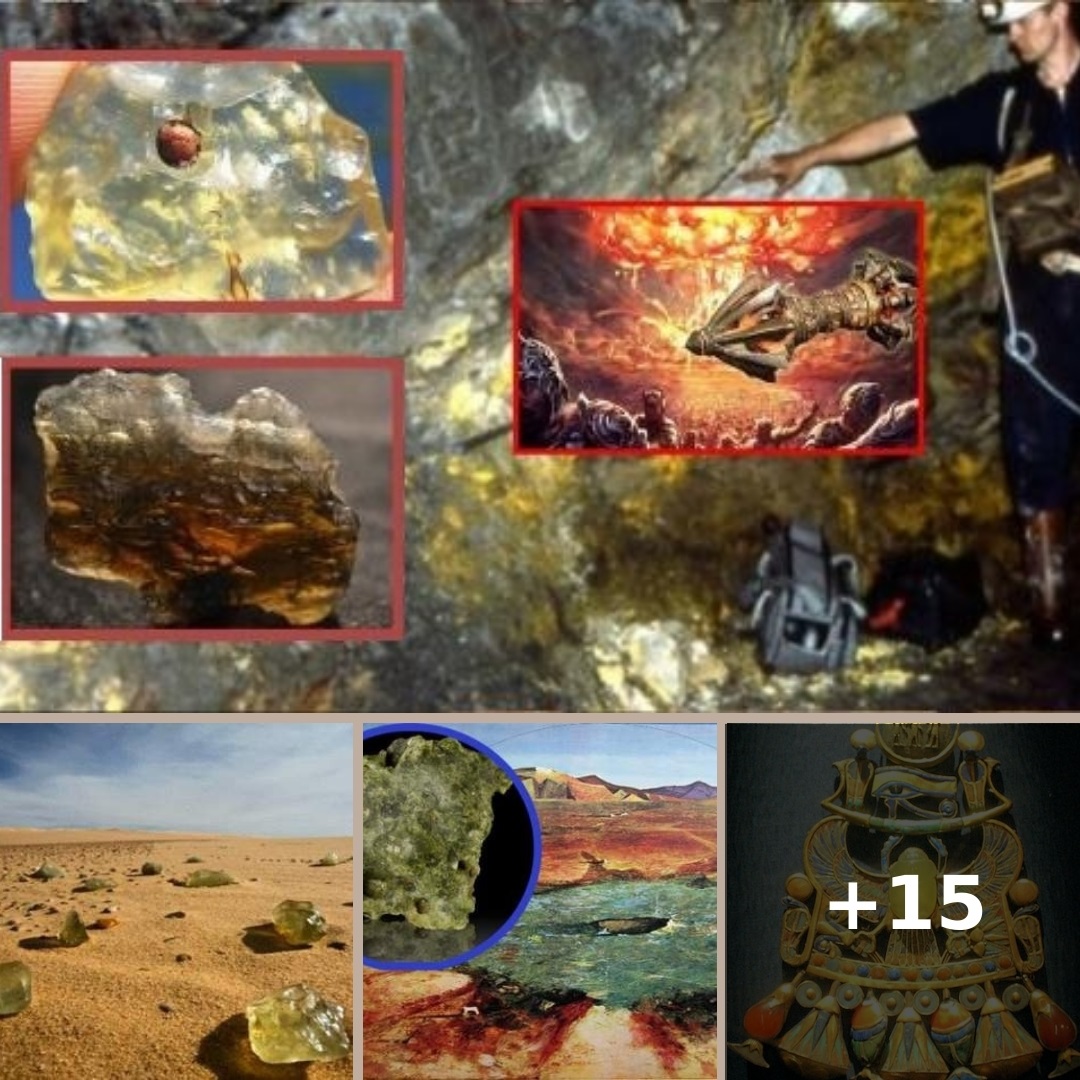Glass stones dating back tens of millions of years in the Sahara desert are one of Egypt’s strangest mysteries. Strangely, this object is present in very large numbers in Egypt today, but it dates far beyond the history of the entire ancient Egyptian civilization.
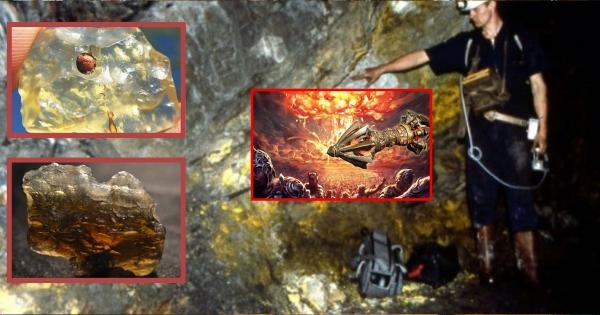
At the same time, it has the appearance of modern science and technology, is the product of a new sub-discipline of physics that only appeared in the late 19th century, early 20th century. Those are the pellets. “Glass sanded”, “Glassized sand”, quartzite, vitreous stone, translucent gems with almost absolute purity in the Sahara desert in Africa, the border between Libya and Egypt.
Despite having been here for tens of millions of years, it was only in 1932 that these glass stones began to become widely known to the scientific world, when Patrick Clayton, a surveyor of the Geological Department of Egypt , discovered them by chance while driving through the Great Sand Sea desert.

Strange glass stones
There are many stones of this type located in a vast desert area stretching hundreds of kilometers, with a total mass of up to thousands of tons. Some rocks can weigh up to tens of kilograms, but most come in the form of small, angular, transparent stones in a variety of colors ranging from light yellow, dark yellow, greenish yellow, milky white, to gray. black.

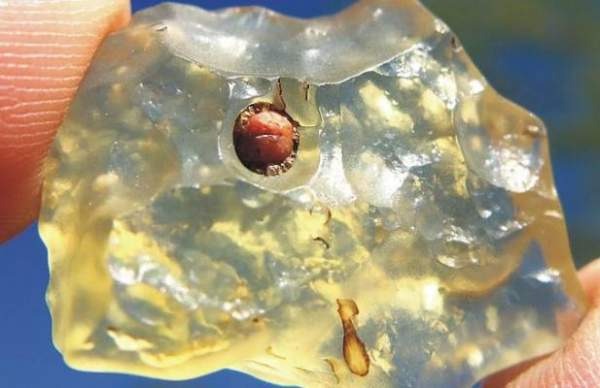
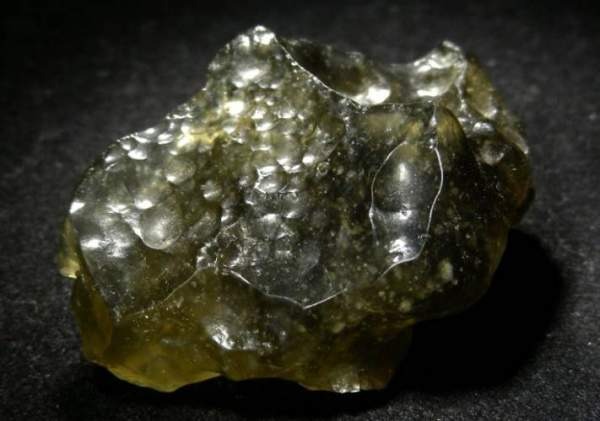
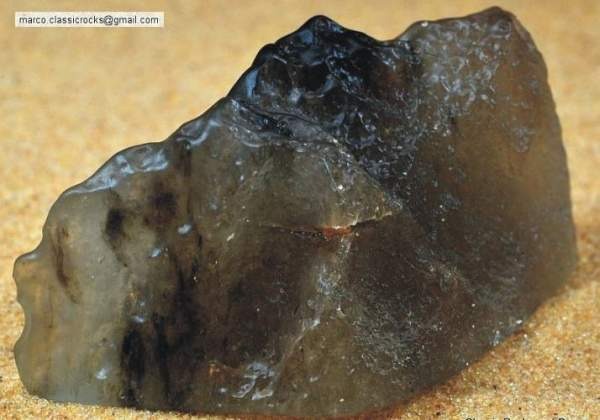
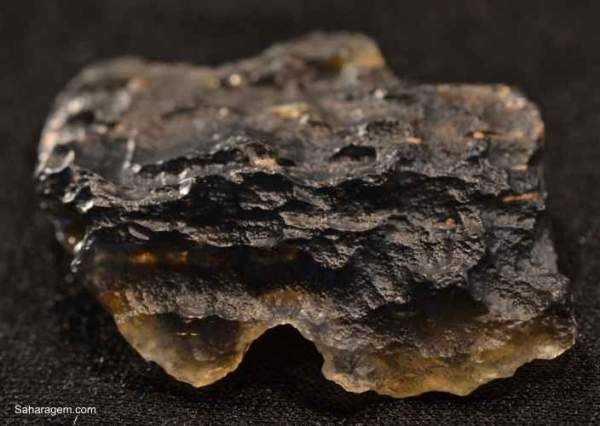
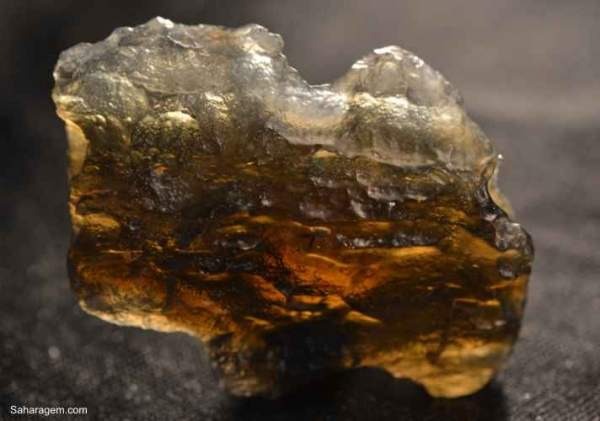

The small, angular, transparent glass stones mix a variety of colors from light yellow, dark yellow, green yellow, milky white, to dark gray…
Composed of the mineral sillica (SIO2), these stones have an almost perfect level of transparency and purity, up to 98-99%. An article titled “Riddle of the sand” in the British scientific journal New Scientist in 1999 even stated that these were the purest silica stones ever found. in nature.
Perhaps it is for that reason that such a stone has been honed into a beautiful green gem in the shape of a scarab, which was attached to the jeweled necklace of the famous Pharaoh Tutankhamun. This artifact is stored at the Cairo Museum, Egypt.
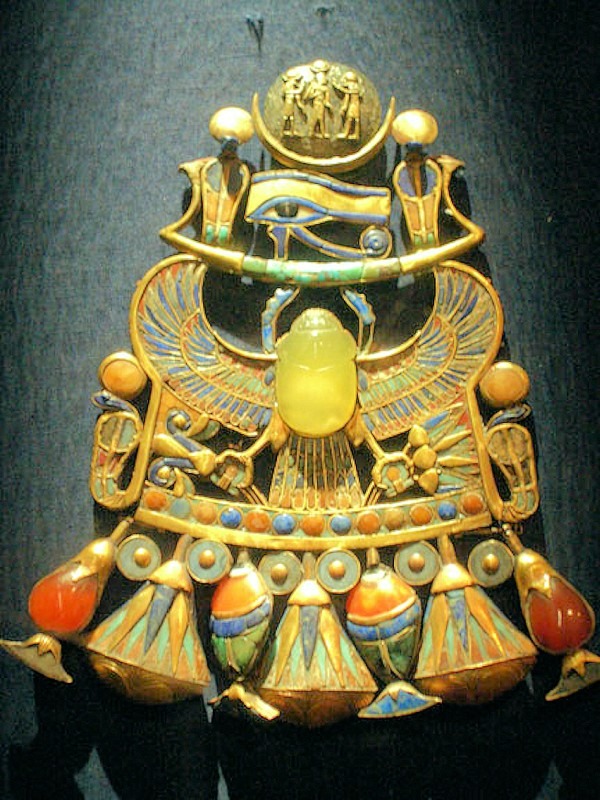
Mysterious Origins
Where do these crystals come from? Since its discovery to date, countless theories have been put forward, but there doesn’t seem to be a definitive answer. One popular theory is that these glass stones were born when an extremely hot meteorite, with extremely high temperatures, fell in this area, transforming the desert sand into glass. In fact, sand and glass are just two different variations of silica (SIO2), which when heated past a certain temperature turns into glass.
However, according to the analysis of chemical and physical composition, this glassy rock in the desert is very different from the glass rock formed from a meteorite impact.
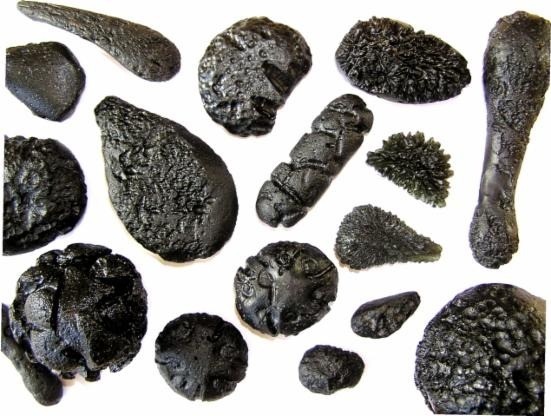

At the same time, no asteroid impact craters have been found in the area. Therefore this hypothesis was rejected, because it is not feasible.
It is also suggested that a source of extreme heat to form the rocks may have originated from a volcanic eruption in the past. However, there are also no known volcanoes – active or dormant – in the vicinity of the rocks.
There is also another theory that these pure glass stones may be the result of lightning striking the sand. But this product, called fulgurite, or lightning bolt, is usually tubular in structure and smaller than the large glass stones found in the desert.

After all the natural formation theories of these glass stones were disproved one after another with different loopholes, the mystery became more and more mysterious. So what kind of phenomenon could ultimately raise the temperature of desert sand to at least 1,800 degrees Celsius, to turn it into chunks of hard yellow-green glass?
Albion W. Hart, one of the first engineers to graduate from MIT, one of the world’s leading engineering and technology universities, traveled through this desert and was amazed to see the Green glass stones are scattered on the sand surface here. Fifty years later, when he happened to pass by the White Sands in Alamogordo, New Mexico – the world’s first nuclear bomb test site – a familiar sight appeared before him; The glass stones on the sand left at the site look very similar to what he was seen 50 years ago in the Libya – Egypt desert.
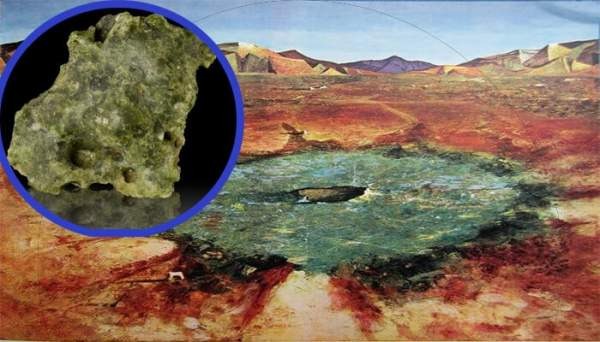
The world’s first nuclear bomb test site at Alamogordo, New Mexico, USA.
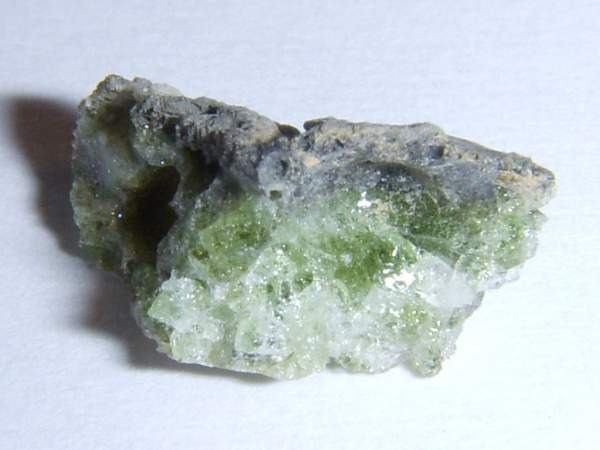
It is worth noting that the distribution of glass stones in Alamogordo is 1 in 10,000 times smaller than in the Libyan-Egyptian desert. In other words, if this is indeed a nuclear explosion, it must be 10,000 times more powerful than the world’s first nuclear bomb test. If so, when did this nuclear explosion in the Sahara desert occur?
Experts have assessed the age of rock formations based on the fission track dating method. The obtained results show that the date falls in the range of 28-29 million years old, that is, belongs to the Oligocene or Tien Tan era (a geological epoch that lasted from 33.9 to 23 million years ago).
Did an ancient nuclear explosion occur here 28-29 million years ago, forming these sparkling glass jewels in the Sahara? Could it be that tens of millions of years ago, there existed a civilization with advanced science and technology with the ability to use nuclear energy, but for some unknown reason, it disappeared without a sign? in the long river of history?
A hypothesis at first sounds somewhat mythical, tinged with science fiction, but in the light of objective positivist methods, has proven its correctness.
Not far away, just on the other side of this continent, in Central Africa, in the Republic of Gabon, an ancient nuclear reactor dating back to nearly 2 billion years old has been discovered. This accidental discovery came about when a factory in France imported raw uranium ore here, and was surprised to find that a sample of imported raw ore had been extracted and used.
This was a shocking discovery, because at that time Gabon, a third world country with a science and technology background that could be considered backward and backward, could not be qualified to exploit nuclear energy. from raw uranium ore.
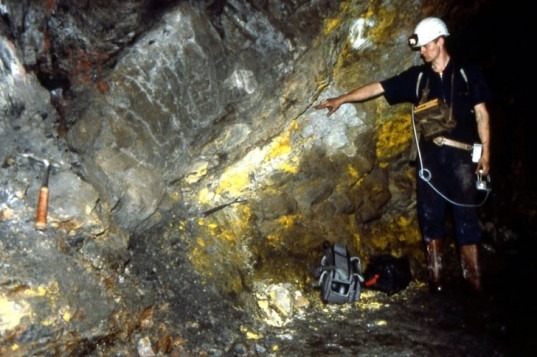
Many pseudo-scientists from other countries flocked to the site of uranium ore opening at that time to conduct measurements and research. They were shocked to realize that this uranium ore mine was not rudimentary at all, because the place where it was located once existed a mining and refining plant for uranium ore, an ancient nuclear reactor that operated continuously for a long time. 500,000 years, with a lifespan of up to 1.8 billion years old. It’s hard to believe that humans have been able to harness nuclear energy since that time.
Dr. Glenn T. Seaborg, former director of the United States Atomic Energy Commission and winner of the Nobel Prize in Physics for his work on the synthesis of heavy elements, also said this is not a natural phenomenon, but must be is a man-made nuclear reactor. And these kinds of discoveries are not just one or two, but there are many across the globe, on different continents.
GS. J. Robert Oppenheimer is known as the “father of the atomic bomb” for his role in the World War II Manhattan Project, the world’s first nuclear bomb development project. In a television interview surrounding the first successful nuclear bomb test in New Mexico in 1965, he commented:
“Now I am becoming Death, the destroyer of the world.”
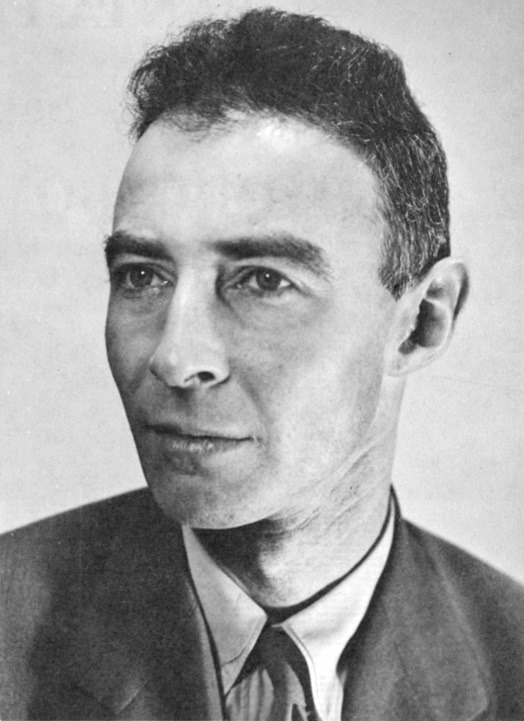
The sentence that came out of his mouth was a quote from the Bhagavad gita, an ancient Indian Sanskrit text. This quote is part of a text describing a global catastrophe caused by “an unprecedented and unknown weapon, an iron beam [energy]”.

During a lecture at the University of Rochester, a student stood up and asked Oppenheimer if the bomb detonated in New Mexico was the world’s first nuclear bomb. He answered quite enigmatically:
“Yes, of course. At least in modern times.”
Was Oppenheimer referring to the nuclear bomb explosions that were conducted in some distant past on Earth, of a flourishing civilization that had disappeared without formal history? recorded today?
